Cardano’s Ouroboros Protocol and Proof of Stake
Cardano uses a PoS protocol called Ouroboros. Notably, it has been stated that Ouroboros was the first provably safe PoS system in existence. It is regularly audited by security experts and upgraded with their feedback. The only theoretical way to gain control of the network would be to control at least 51% of the ADA in existence. Ouroboros only uses a fraction of the energy needed to run the Bitcoin network.
Because it is a PoS protocol, stake pools are used instead of miners that are used in a traditional proof of work (PoW) protocol. These stake pools are often referred to as “validators” as they are responsible for checking and recording all ADA transactions and upkeeping the network. Perhaps most important of all, Ouroboros is supposedly infinitely scalable. This will enable Cardano to grow with the needs of the ever-changing cryptocurrency landscape.
ADA Token
The native token of the Cardano blockchain is ADA. Fittingly, ADA was named after Ada Lovelace, who is recognized as the world’s first computer programmer.
It has several key uses currently and there are many fascinating proposals for how it can be used in the future.
Payments and Transfers:
Payments and transfers are foundational functions for many different cryptocurrencies and ADA is no different. Currently, Cardano is able to easily process more transactions than competing networks like Bitcoin and Ethereum at 250 per second. This is compared to Ethereum at around 30 transactions per second and Bitcoin at much fewer transactions per second. However, Cardano has plans to considerably increase its ability to process transactions even further with its upcoming Hydra upgrade.
In addition, Cardano also has exceptionally low fees that currently sit at around $0.16 per transaction. This makes it an attractive option to use as a payment system when you compare it to other congested networks. Many enthusiasts have already set out to create point-of-sale applications that will enable them to use and spend ADA at brick-and-mortar businesses.
Staking:
The Cardano network is maintained by its PoS system and as a result, ADA is immensely important in this design. Without a mining protocol, ADA is needed to reward users who act as validators to ensure the integrity and security of the Cardano network.
Staking grants holders additional ADA as a reward. This concept is similar to accrued interest from your bank account and is an incentive for dedicated Cardano enthusiasts that are holding their ADA long-term. As of May 2022, over 18 billion tokens are currently staked in over 3000 different pools.
Governance:
Cardano and its governing bodies have bold ambitions for what will be achievable with the platform and many different viewpoints about which direction it should take in its development. When Cardano enters its planned Voltaire era in the near future, governance will be the main focus.
Users will be able to vote on the direction of the platform including developmental updates, new initiatives, and the use of treasury funds, with their ADA holdings acting as votes. This could be a major push towards true decentralization for Cardano and could possibly be a model that future blockchain projects refer to.
Tokenomics and Distribution
Cardano’s ADA token was launched following their successful ICO that was completed on December 31, 2016, and raised $62.2 million in fresh capital for development. The distribution of the ADA token is as follows:

You can get bonuses upto $100 FREE BONUS when you:
💰 Install these recommended apps:
💲 SocialGood - 100% Crypto Back on Everyday Shopping
💲 xPortal - The DeFi For The Next Billion
💲 CryptoTab Browser - Lightweight, fast, and ready to mine!
💰 Register on these recommended exchanges:
🟡 Binance🟡 Bitfinex🟡 Bitmart🟡 Bittrex🟡 Bitget
🟡 CoinEx🟡 Crypto.com🟡 Gate.io🟡 Huobi🟡 Kucoin.


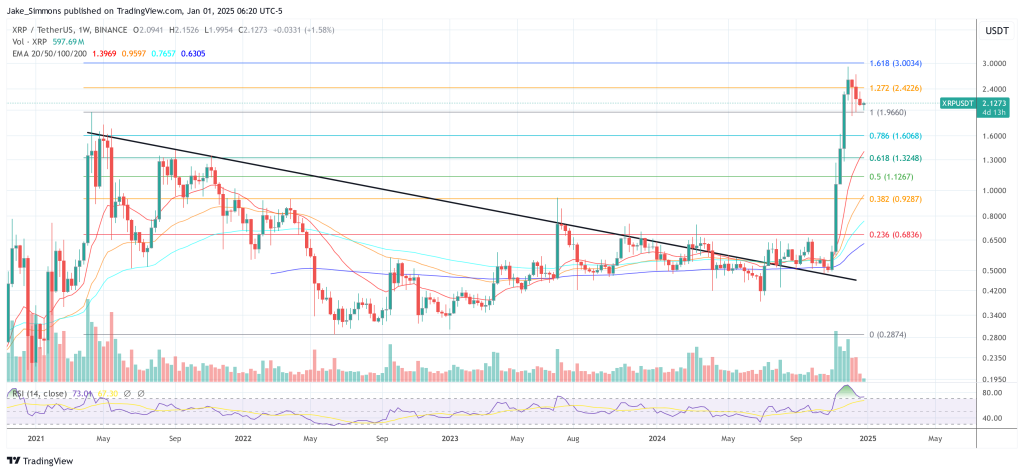



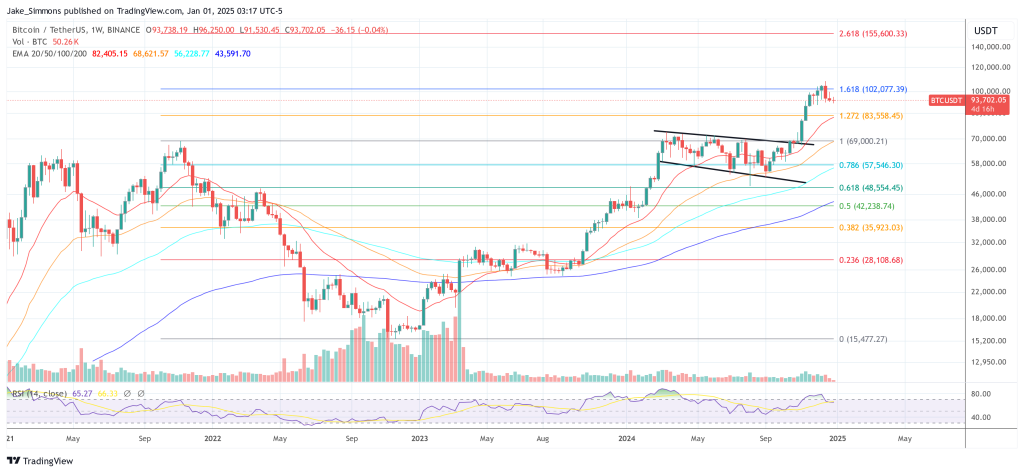


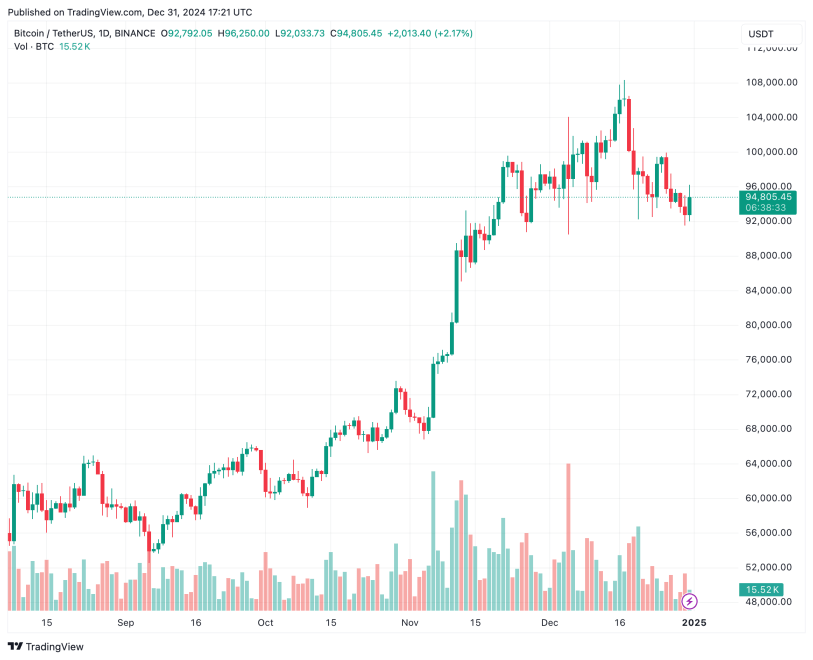


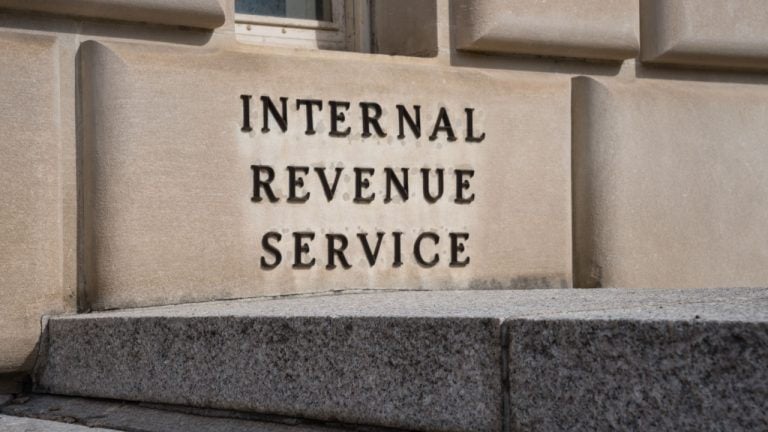
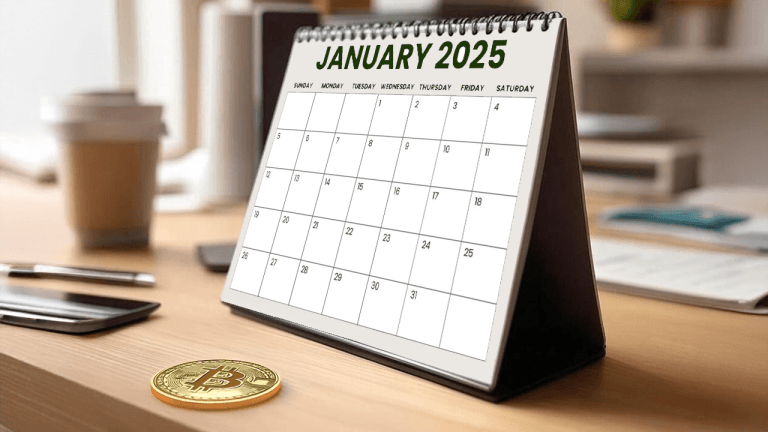



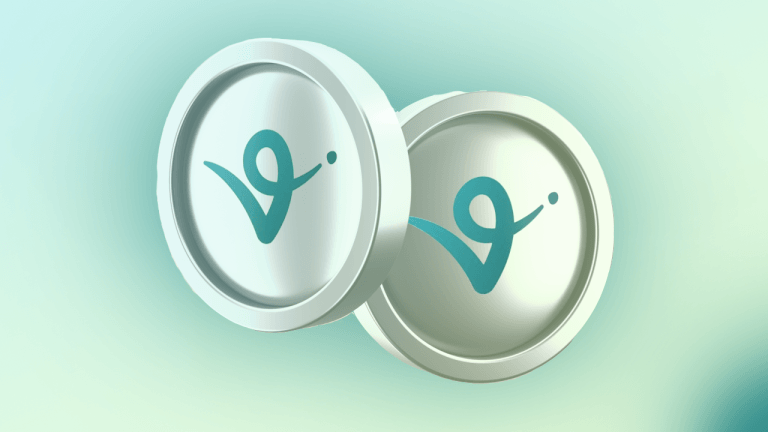

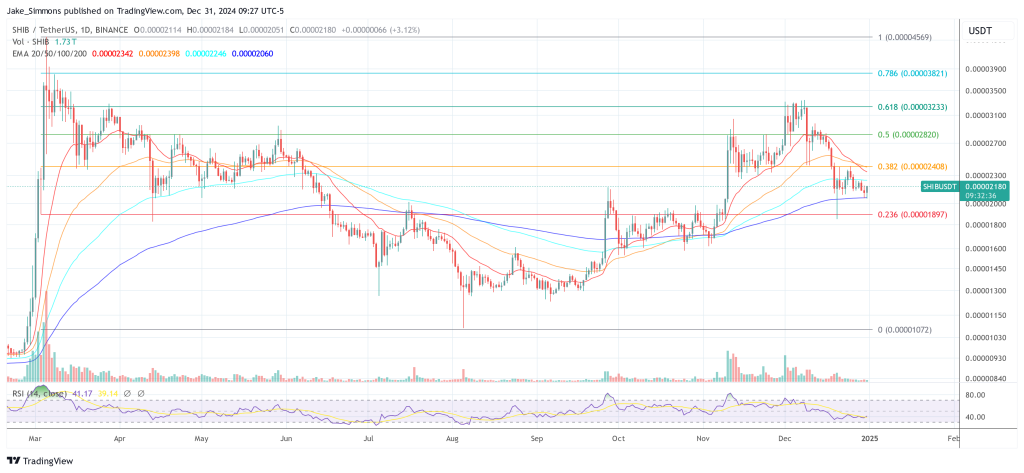
Comments